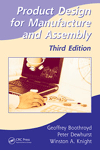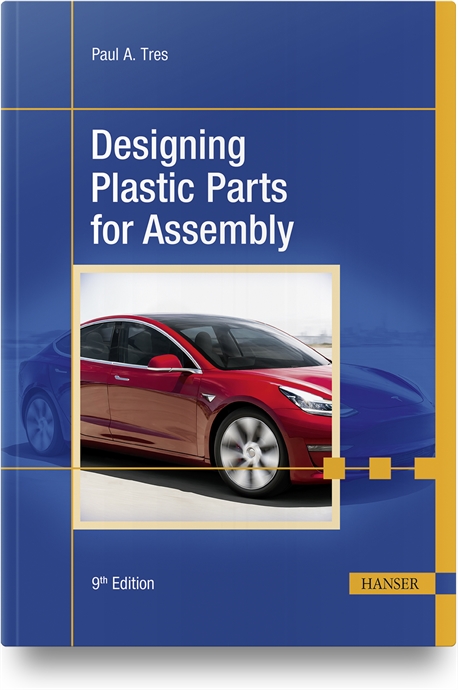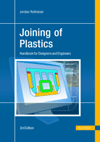
Wouldn’t an adhesive that bonds to everything, cures instantly, survives temperature extremes and never breaks be a super glue? Well, almost. Cyanoacrylate adhesives (CAs) have been in common use for about 40 years, but for most of that time, their major attribute was curing quickly. Otherwise, they were brittle, finicky with surfaces, had limited temperature capability, and couldn’t tolerate bond line gaps. Fast, yes, but hardly super.
Technology has caught up with marketing. New CAs are tougher and fill gaps better, with better surface tolerance and much higher temperature resistance. The industry has shaken out, leaving a few suppliers with competitive instincts focused on improvements. Newer formulations offer far more than cure speed as their come-on advantage, although speed is still an important attribute.
Cyanoacrylate adhesives are a subset of the acrylic family. Acrylics inherently cure rapidly. Other members of the acrylic family include the anaerobic adhesives and UV-curable adhesives. CAs have a chemical backbone that allows the resin to cure when exposed to moisture or hydroxyl groups. Metals, ceramics and glasses have both, so CAs bond readily to these materials. This is also why CAs bond skin instantly and have found renewed applicability in wound closure. CAs do not cure on acidic surfaces so freshly pickled metals require neutralization before bonding.
Plastics and rubber are not inherently polar and have little adsorbed moisture, so primers are necessary to provide surface reactivity. Mixed CA resins feature better molecular compatibility with plastic surfaces, but even with these improvements, most CA bonding is done on metals and glasses. Curing on less compatible surfaces will take longer, a reality that must be allowed for in production.
In fact, CAs don’t completely cure instantly. They gel rapidly, depending on the surface, so officially they are “rapid fixturing.” The actual full cure takes place over hours and may be accelerated by heating. Rapid fixturing is important because it allows sequential assembly while minimizing the time the joint is susceptible to being disturbed as the adhesive sets.
Acrylic chemistry allows wide flexibility in formulating. Toughening agents and fillers combat brittleness and improve gap filling. New co-curing chemistry and secondary heat curing have increased temperature limits of CAs. Significant advances in formulating greatly broadened the structural applicability of CAs to include even routine “third hand” fixturing on assembly lines.
While thicker bond lines can now be tolerated, close-fitting joints and bond lines less than 0.01 inch are still favored. Compressive loading is preferred and peel moments should be avoided. Most CAs have low viscosity (10 to 500 centipoise) so they spread easily and can even penetrate some joints by capillary action. Dispensing by syringe or drop dispensers is commonplace. Automated dispensing equipment is available at modest cost from many suppliers. Some systems even feature patterned, automated dispensing on X-Y-Z tables.
CAs may seem expensive, but they offer significant trade-offs in labor cost, capital investment and quality by virtue of their speed and room-temperature cure. Any product that requires rapid assembly of small components may benefit from using a CA adhesive. Consumable cost can be minimized with reproducible and precise automated dispensing. Most CAs are one-part systems so there are no losses from mixing and no pot life issues. Standard CAs function up to 180 F and require no post-curing. A secondary heat cure, typically in an oven, is required for those adhesives featuring high temperature resistance-up to 350 F.
Most CAs do not require mixing, are stable in air. They do not require refrigeration, but should be stored in a low-humidity environment. Health and disposal issues with CAs are minimal. Other than caution for bonding to skin, handling requirements are not extraordinary nor are there fume issues.
Super? Well, maybe not. But advances in technology have brought cyanoacrylate adhesives into major league status. Once a novelty for fixing teacups, they have come into their own as a genuine advantage in assembly. These versatile adhesives are easy to use and available worldwide. They are well worth considering for the right assembly applications.


